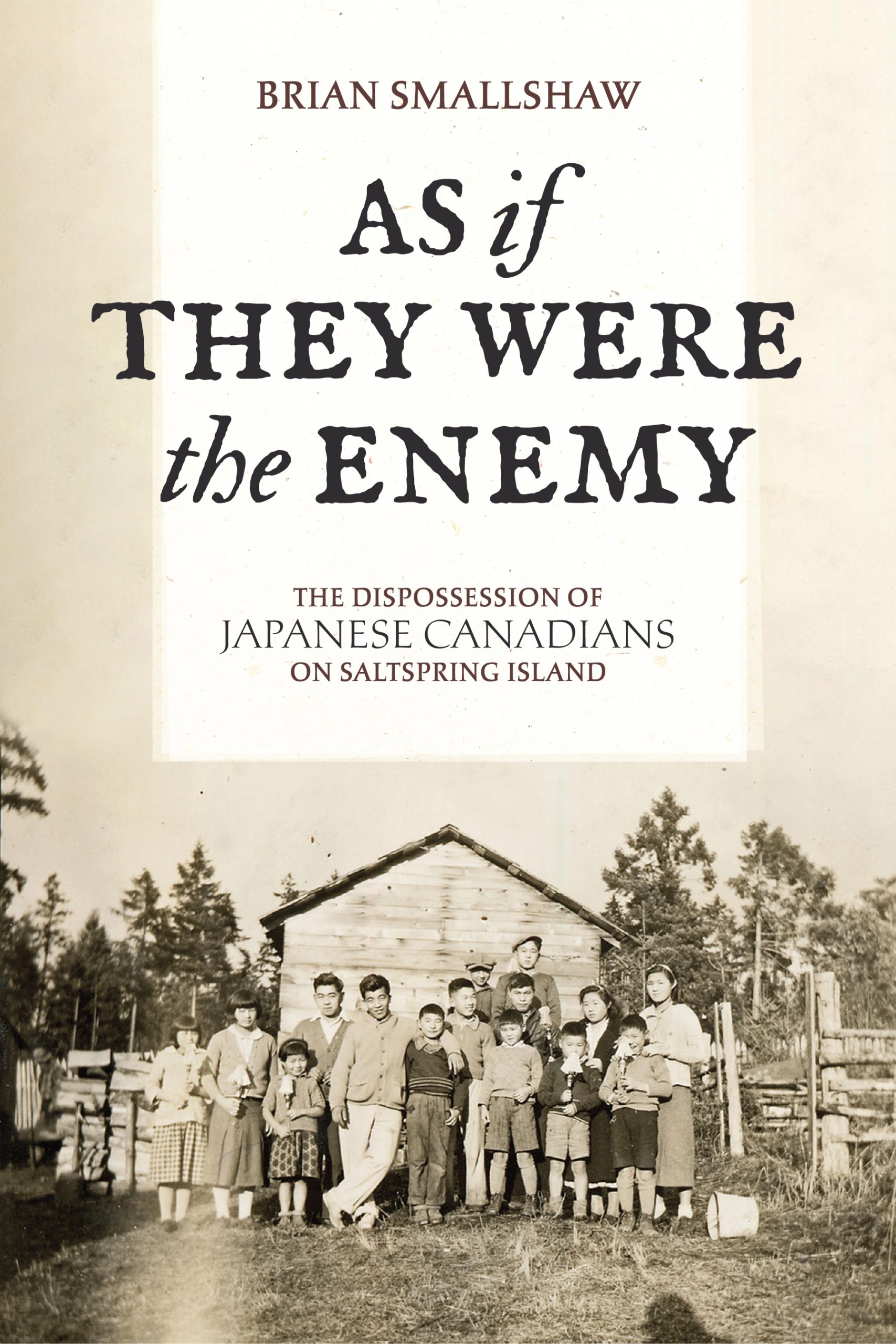
On 22 April 1942, the CPR ship, the SS Princess Mary, was docked at the wharf in Ganges on Saltspring Island. The 77 Japanese Canadians taken away to camps in the British Columbia interior that day were among the over 22,000 who were forced into internal exile, and less than a year later, had their property liquidated against their will. Eleven properties on Saltspring were sold, some to the Soldier Settlement Board, and others at auction, including the largest belonging to Torazo Iwasaki that ended up in the hands of the local agent of the Custodian of Enemy Property. In the 1960s Iwasaki took the government to court in an effort to get his property back in a widely publicized case that went all the way to the Supreme Court. He lost his case, but this book argues that though the government was operating under the War Measures Act, the liquidation of Japanese Canadian property was a breach of trust, and the illegal application to Canadian citizens of a law governing the property of enemies.
Subjects: Japanese Canadians, evacuation and relocation, British Columbia, Saltspring Island, race relations, social conditions
Brian Smallshaw has a master’s degree in history from the University of Victoria. His interest in trans-Pacific history dates from his period of residence in Asia. He lived for many years in Japan prior to moving to Saltspring Island in British Columbia. His current studies centre on the dispossession of Japanese Canadians during the Second World War.
AS IF THEY WERE THE ENEMY: The Dispossession of Japanese Canadians on Saltspring Island
LIST OF TABLES
LIST OF FIGURES
ACKNOWLEDGEMENTS
Chapter 1 | INTRODUCTION
Chapter 2 | FRONTIER DIVERSITY
Chapter 3 | INCARCERATION IN THE INTERIOR
Chapter 4 | TAKING PROPERTY FROM CANADIANS
Chapter 5 | CONTESTING DISPOSSESSION
Chapter 6 | PERSEVERING FOR JUSTICE
Chapter 7 | COMING TO TERMS WITH PAST INJUSTICE
BIBLIOGRAPHY
APPENDICES

